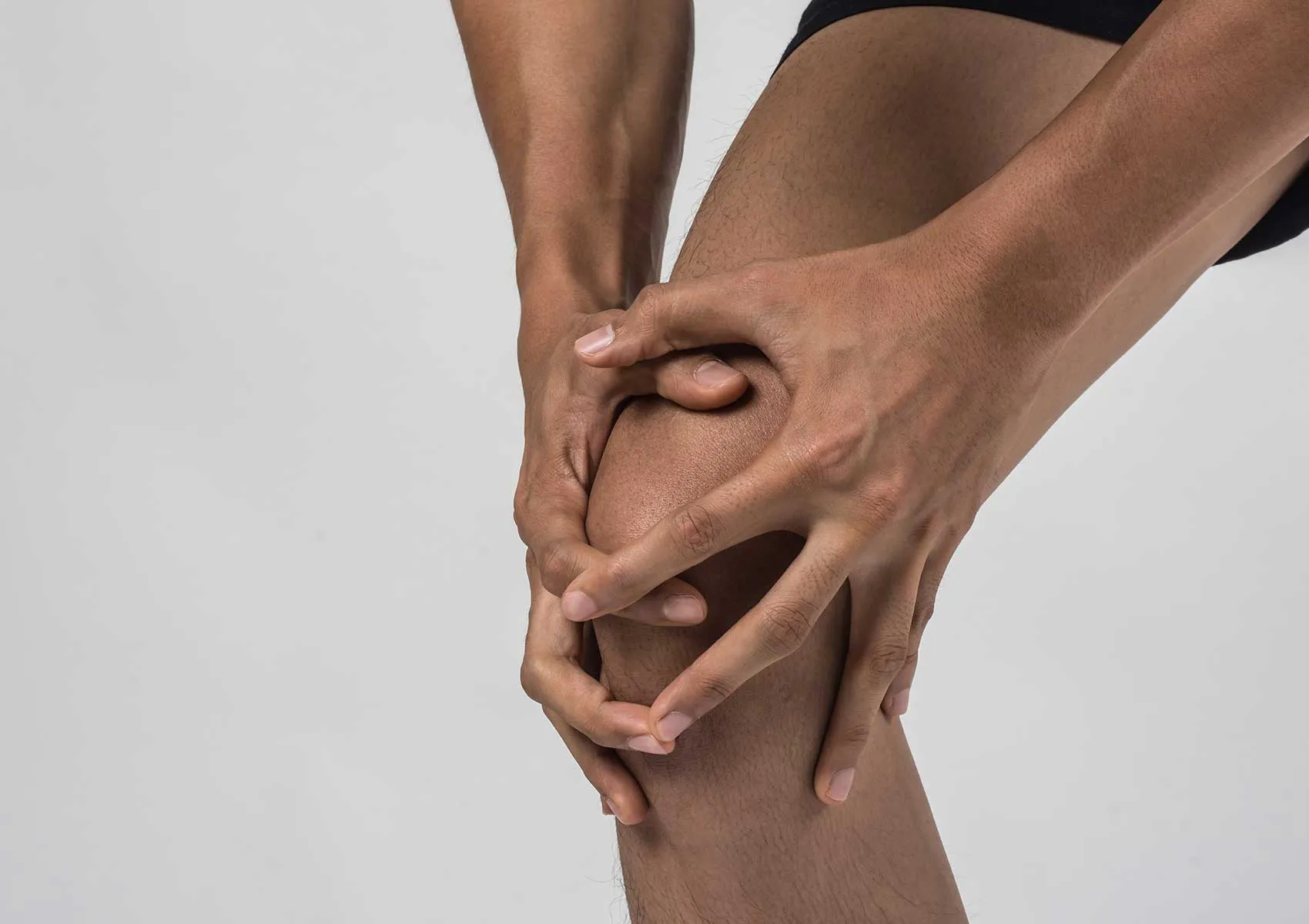What Does Mechanical Locking in the Knee Mean?
Mechanical locking in the knee refers to restricted joint movement caused by intra-articular structural issues. This article thoroughly discusses the causes, symptoms, diagnostic methods, and treatment options for mechanical locking.
The knee joint is one of the most complex and most frequently used joints in the body. Due to its continuous movement and weight-bearing role in daily life, various injuries can affect the tissues around the knee. Some of these injuries lead to sudden and temporary limitations in joint mobility; this condition is known as "mechanical locking." Mechanical locking in the knee typically arises from structural abnormalities within the joint surfaces, preventing the patient from fully bending or straightening the knee. In this article, we will explore what mechanical locking in the knee means, its causes, symptoms, diagnostic procedures, and treatment methods in detail.
What is Mechanical Locking?
Mechanical locking in the knee refers to the sudden restriction of knee movements caused by structures inside the joint. This condition usually presents with pain accompanying attempts to move the knee, often resulting in temporary or persistent immobility. Locking may occur due to the entrapment of intra-articular structures against each other or when free-floating foreign bodies within the joint obstruct movement.
Causes of Mechanical Locking in the Knee
The primary causes of mechanical locking relate to pathologies within the joint. The most common causes include:
Meniscus Tears:
Menisci are cartilage pieces within the knee joint that support and distribute load across the joint surfaces. Tears in the meniscus, especially loose fragments or "flap" tears, can become trapped between joint surfaces during movement and lead to locking. "Bucket-handle" meniscus tears or those large enough to create free bodies typically cause mechanical locking.
Cartilage Damage and Loose Bodies:
Damage to the cartilage surfaces in the knee can produce loose bone or cartilage fragments. These small pieces may move within the joint and mechanically impede knee motion, causing locking. Osteochondral defects are a frequently observed cause.
Anterior Cruciate Ligament (ACL) Injuries:
Following ACL ruptures, instability in the joint is common, often accompanied by meniscus and cartilage injuries. This instability and the presence of free bodies associated with ACL tears can contribute to mechanical locking.
Other Causes:
Mechanical problems related to hip conditions like acetabular dysplasia or post-prosthetic surgery complications, and tears of muscles such as the gluteus medius, can indirectly affect knee movement but less commonly cause mechanical locking.
Symptoms and Clinical Findings of Mechanical Locking in the Knee
Patients experiencing mechanical locking typically complain of sudden onset restricted knee movement. They often feel pain when attempting to move the knee, sometimes accompanied by sensations of "catching" or "sticking." Patients are unable to fully bend or straighten their knee. Locking episodes can be brief or prolonged. Swelling, tenderness, and clicking noises may also be observed.
During physical examination, the range of motion is assessed, and certain positions may reveal mechanical blockage. Experienced orthopedic surgeons carefully evaluate these findings. Specific tests are used to diagnose meniscus and ligament injuries.
Diagnosis of Mechanical Locking in the Knee
A detailed patient history and physical examination are essential first steps in diagnosing mechanical locking. Imaging methods are employed when necessary:
X-ray:
While cartilage and soft tissues are not visible, X-rays can reveal fractures or free bodies within the bone.
Magnetic Resonance Imaging (MRI):
MRI provides detailed images of the menisci, cartilage, ligaments, and other soft tissue structures. It is the gold standard for identifying the cause of mechanical locking.
Arthroscopy:
A minimally invasive surgical procedure used both for diagnosis and treatment. Arthroscopy allows direct visualization of the joint and enables repair if necessary.
Treatment of Mechanical Locking in the Knee
Treatment depends primarily on the underlying cause of mechanical locking. In mild cases, physical therapy, rest, and anti-inflammatory medications may suffice. However, when mechanical blockages continuously restrict knee movement, surgical intervention may be required.
Conservative Treatment:
Pain relief, exercise programs, and knee protective measures aim to preserve daily function. Conservative management may be appropriate for small and stable meniscal tears.
Surgical Treatment:
Arthroscopic meniscus repair or removal of torn meniscal fragments can eliminate mechanical locking. In cases with extensive cartilage damage, cartilage repair or prosthetic surgery may be considered.
Postoperative rehabilitation and early mobilization are critical for restoring knee function. Specialized programs are applied for athletes to return to sports.
Important Considerations Regarding Mechanical Locking in the Knee
Patients with mechanical locking symptoms should promptly consult an experienced orthopedic specialist. Early diagnosis and appropriate treatment prevent permanent joint damage and functional loss. Careful follow-up is essential, especially for athletes prone to recurrent ACL and meniscus injuries.
Mechanical locking in the knee is a significant clinical condition affecting not only knee mobility but also quality of life. With the expertise of Prof. Dr. Gökhan Polat, accurate diagnosis and treatment allow patients to return to a healthy lifestyle.
FAQ
-
How can mechanical locking in the knee be recognized?
Sudden movement restriction, pain, catching sensations, and reduced range of motion are primary symptoms of mechanical locking. A definitive diagnosis is made through physical examination and imaging.
-
What is the most common cause of mechanical locking?
Meniscus tears are the most frequent cause of mechanical locking in the knee. Torn meniscal fragments that become trapped within the joint restrict movement.
-
What happens if mechanical locking is not treated?
Untreated mechanical locking can lead to chronic pain, limited motion, cartilage damage, and early onset osteoarthritis.
-
What is the most effective treatment for mechanical locking?
Surgical intervention via arthroscopic methods to resolve mechanical problems is the most effective treatment. Mild cases may be managed conservatively.
-
Can I continue playing sports after mechanical locking?
Returning to sports is possible after treatment and rehabilitation under specialist supervision. Care should be taken until full knee function is restored.

